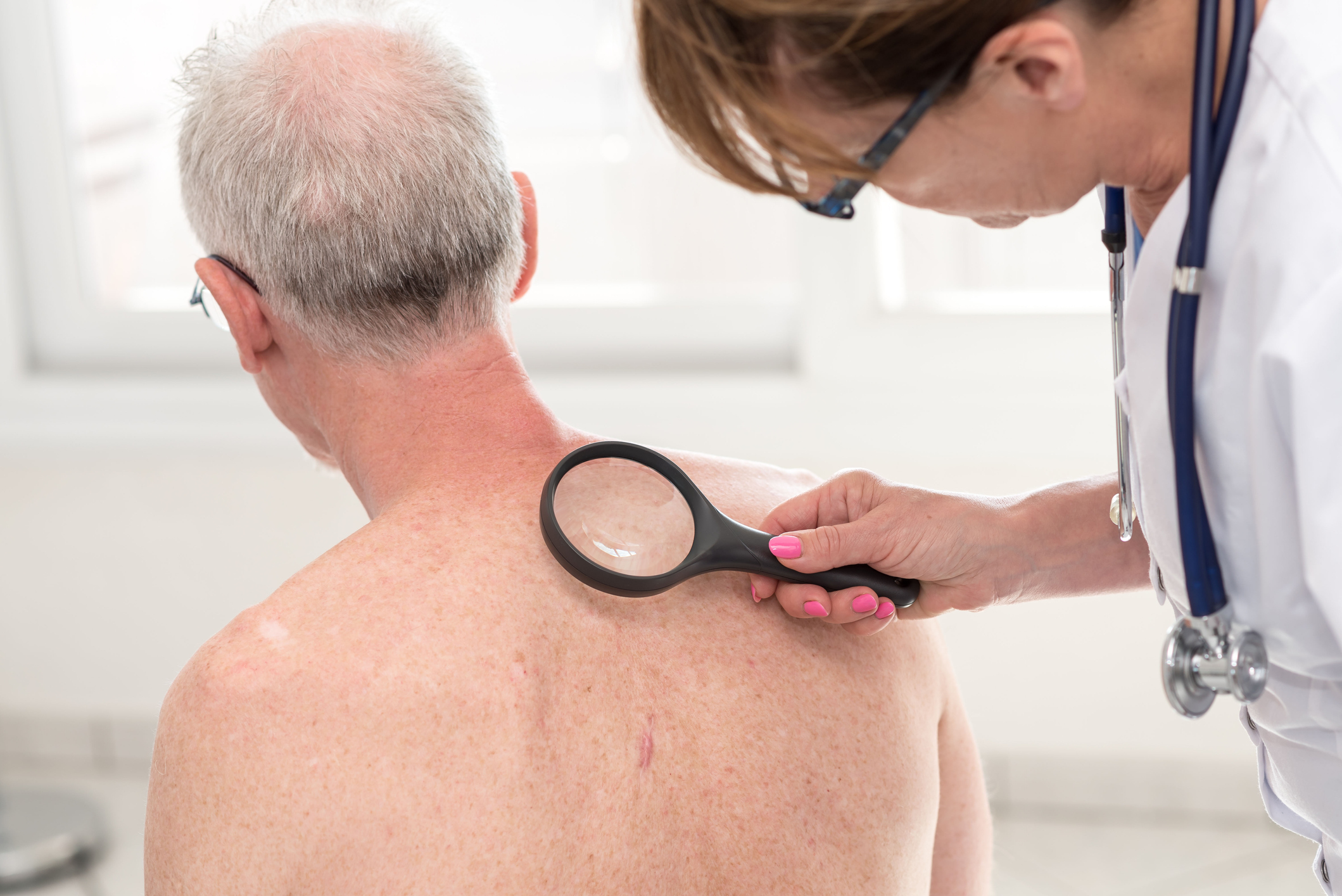As November winds usher in cooler temperatures, many older adults are planning their escape to warmer, sunnier climes. But with growing rates of skin cancer among seniors, dermatologists are stressing the importance of remaining vigilant about protecting the skin against the sun’s harmful rays.
As reported recently on the AARP’s Health Conditions & Treatments webpage, a new study published in the JAMA Dermatology recorded a 1.8 percent annual increase in the incidence of skin cancer among adults over the age of 40. Rates of melanoma have dropped among younger adults and teens.
Because older adults may not have benefitted early in life from prevention strategies for skin cancer including sunscreen, hats and protective clothing, the damage from childhood sunburns may have already been done. Checking the skin for any new or changing moles or other blemishes can help doctors catch skin cancer early and treat it more effectively. A spouse, partner or dermatologist can check backs and other hard to see places for any spots that may be of concern.
Older adults who know they experienced sunburns as children or have spent a fair amount of time in the sun may want to consider visiting a dermatologist regularly for skin cancer screenings. According to the Mayo Clinic, melanoma signs can include:
- A large brownish spot with darker speckles
- A mole that changes in color, size or feel or that bleeds
- A small lesion with an irregular border and portions that appear red, pink, white, blue or blue-black
- A painful lesion that itches or burns
- Dark lesions on your palms, soles, fingertips or toes, or on mucous membranes lining your mouth, nose, vagina or anus
Any skin changes that concern you should be seen by a doctor; early detection gives patients the best chance for successful treatment. Learn more about skin cancer detection, prevention and treatment by following this link to the Skin Cancer Foundation.






Add Your Voice
0 Comments
Join the Discussion